On Wednesday, Feb. 21, Dr. Ann Meyerson, guest curator at the Greenwich Historical Society’s exhibition An American Odyssey: The Jewish Experience in Greenwich, gave a presentation on the untold history of the Jewish community in the town of Greenwich.
Greenwich is not often the first place one thinks of when one thinks of Jewish communities in the region.
Meyerson herself said that, when approached to do an exhibition on the history of the Jews in Greenwich, her first thought was “Are there Jews in Greenwich today?”
Many are surprised when they learn that roughly 11 percent of Greenwich’s population is Jewish.
Despite this, Meyerson found no secondary sources detailing the history of the Jewish community here in Greenwich (in contrast to the Jewish communities in neighboring Stamford and Port Chester), requiring her to go digging for the primary sources.

Grace Mears Levy Hays, one of the precursors to the Jews of Greenwich (Photo: Joshua Littman)
Jews have held land in Greenwich as far back as the colonial era. Grace Mears Levy Hays, pictured above, was the wife of the man who owned the historical Bush-Holley House, David Hays.
However, these landowners typically did not actually live in Greenwich, and rather resided in New York.
A reason for this was the intolerance of the Puritan Christianity that predominated in Connecticut for much of its early history, as in much of New England.
Jews were legally not allowed to worship publicly in Connecticut until as late as 1843. By contrast, Jews in New York were allowed to worship publicly as early as 1729, over a century earlier.
Jewish settlement of Greenwich in any appreciable numbers would not begin until the early 20th century.
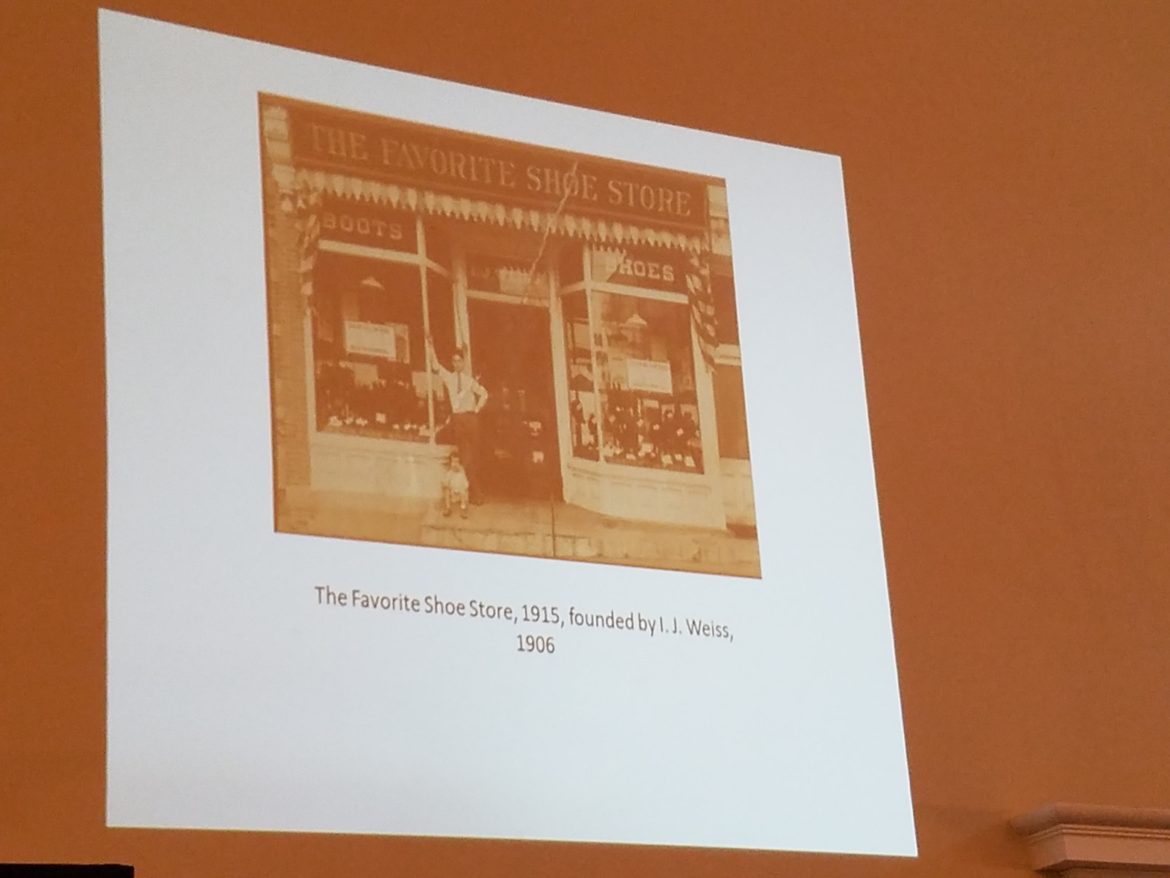
The Favorite Shoe Store on Greenwich Avenue, one of the first Jewish businesses in Greenwich
Small retail business gave the first Jewish families a foothold to settle in the Greenwich community.
Six Jewish families – the Weiss’s, the Taylor’s, the Bennett’s, Cohen’s, the Mark’s, and the Tunick’s – made up the first wave of Jewish immigration to Greenwich in the early 20th century, and the businesses they founded included two grocery stores, two newspaper routes, and a shoe store (pictured above).
One of said founders, I.J. Weiss, founded The Favorite Shoe Store after seeing an empty store on Greenwich Avenue, and thinking that would be a prime location for a shoe store. The Favorite Shoe Store would be in business for 91 years.
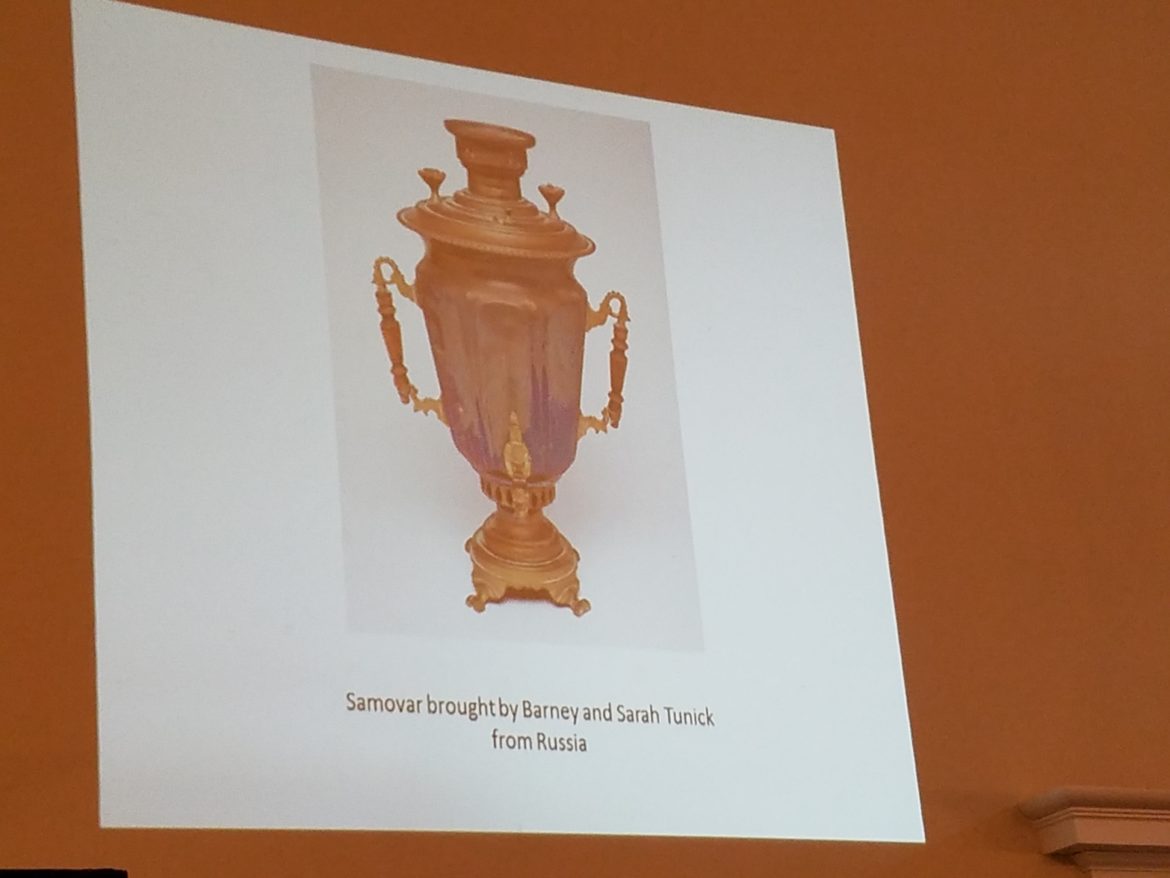
An artifact brought by Jewish immigrants from Russia (Photo: Joshua Littman)
The first Jews in Greenwich came mainly from the territory of the Russian Empire (including much of Poland, at the time). They came fleeing pogroms, a bleak economic outlook, and the threat of conscription into the Russian army.
To them, the United States represented unprecedented freedom.
Of course, their arrival was not always warmly received here in Connecticut.
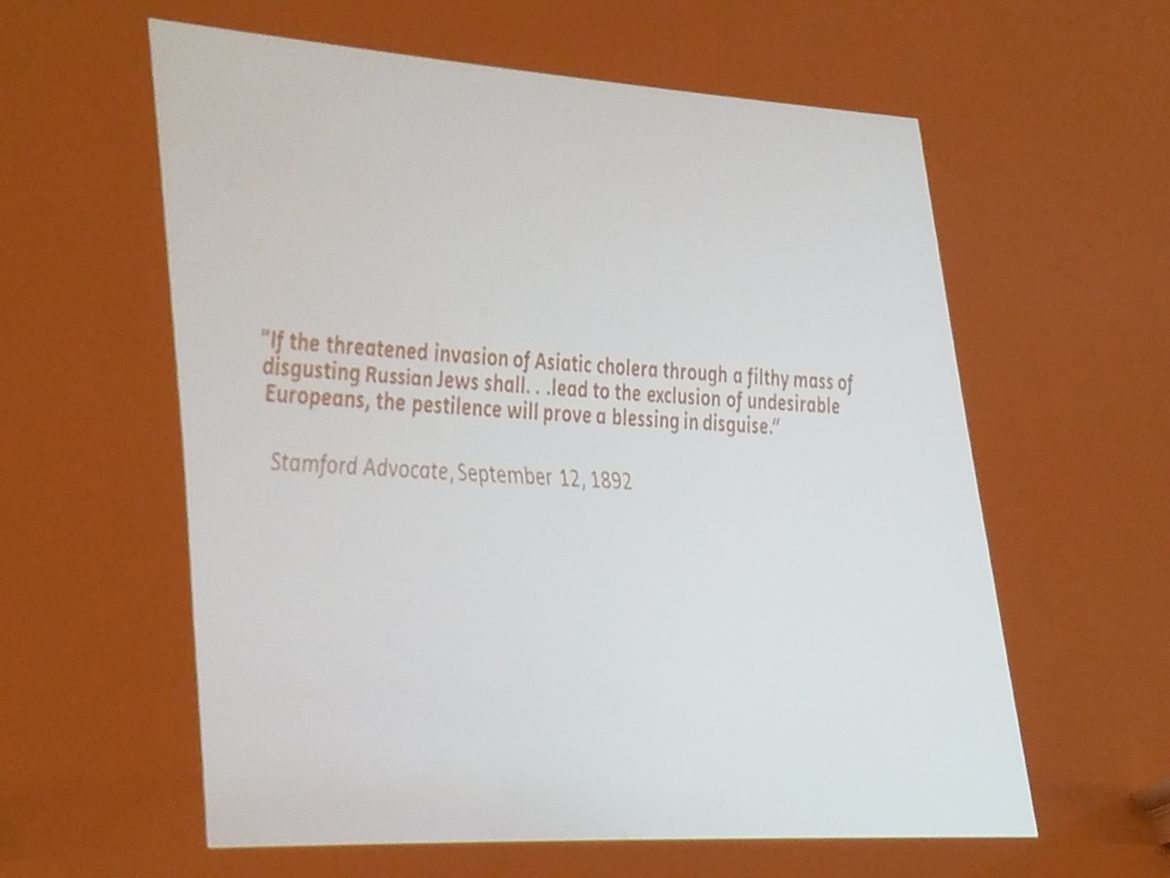
An excerpt from the Stamford Advocate from 1892
Anti-semitism sadly was a challenge many of the new arrivals had to endure in their new home.
While unlike in Russia they were rarely in danger of pogroms or physical force, there were unspoken “Gentleman’s Agreements” that led to it being difficult if not impossible for Jews, as well as black people, to purchase a house in Greenwich, which would continue well into the 20th century.
Because of this, the Jewish community would often not mingle with the general population of Greenwich. Along with strict zoning laws that made it even harder for Jews to acquire homes in Greenwich, this is in part why Greenwich had a much smaller Jewish community than neighboring Stamford and Port Chester.
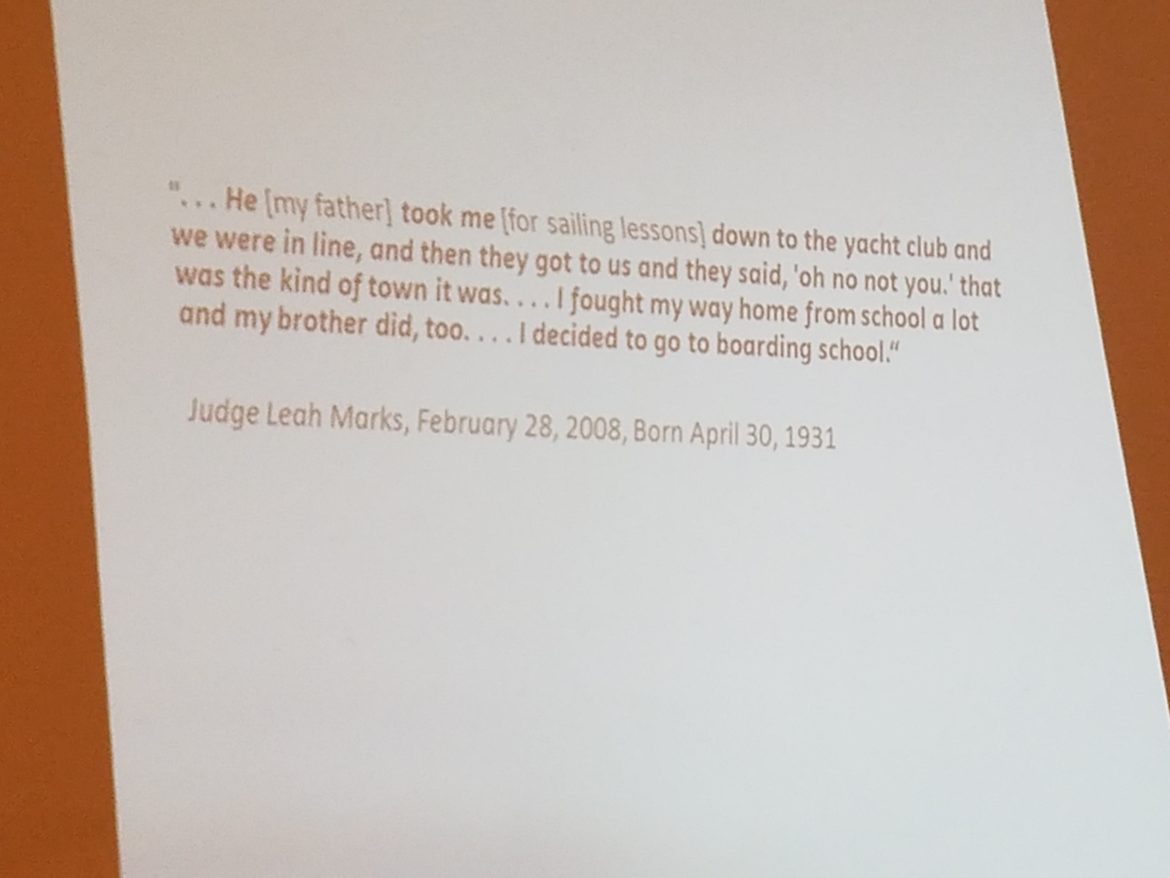
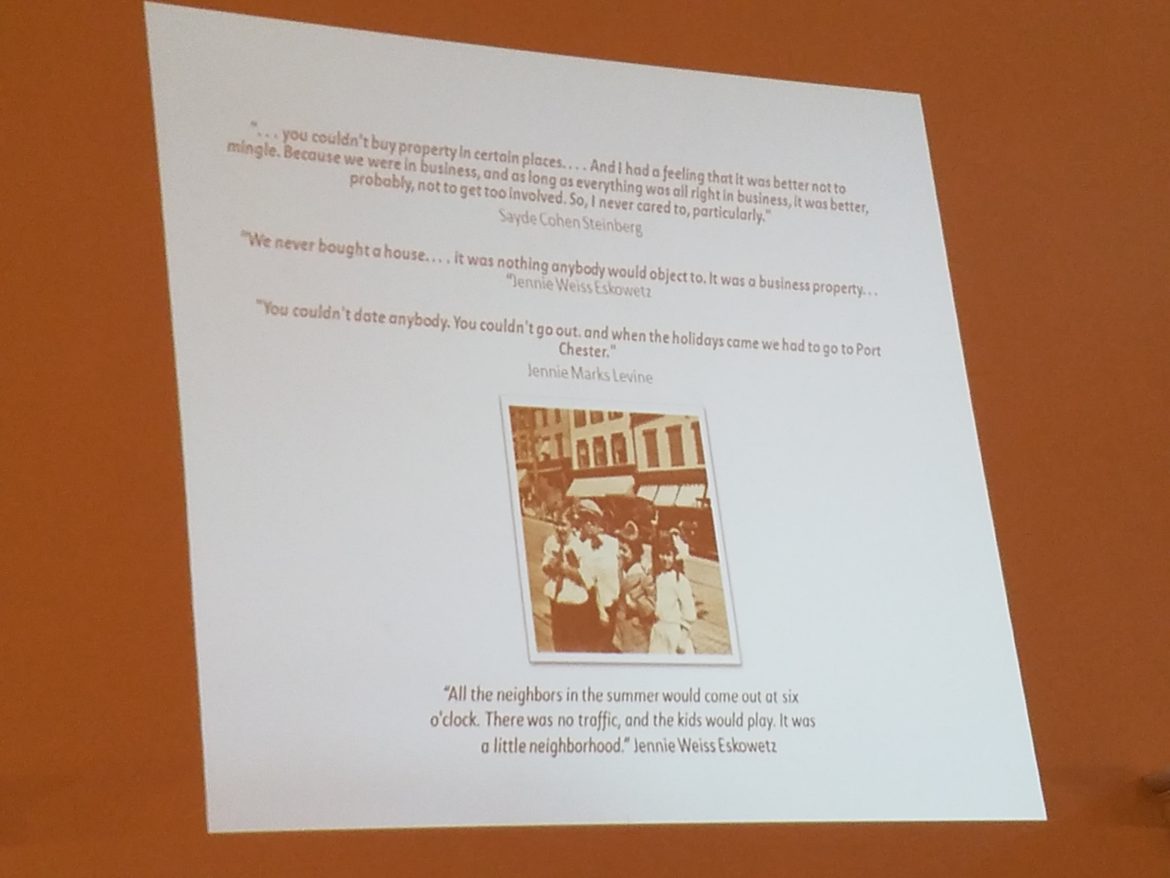
Examples of the anti-Semitism early Jews faced in Greenwich
Housing discrimination continued well into the 20th century even after World War II, where it would lead to fair housing campaigns by Jews and other disadvantaged groups around the 1960’s.
Today, there are seven Jewish institutions in Greenwich.
More information on the history of the Jewish community in Greenwich can be found at the Greenwich Historical Society, with the exhibition open until April 15, 2018.